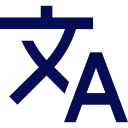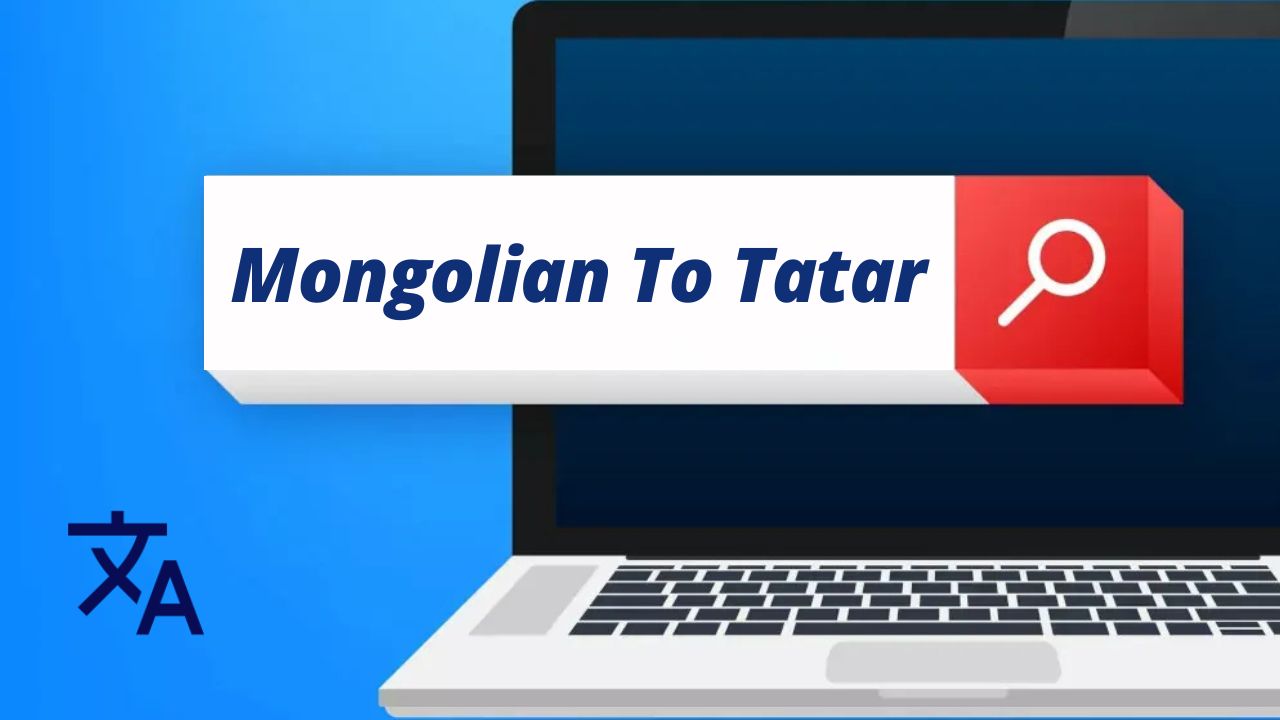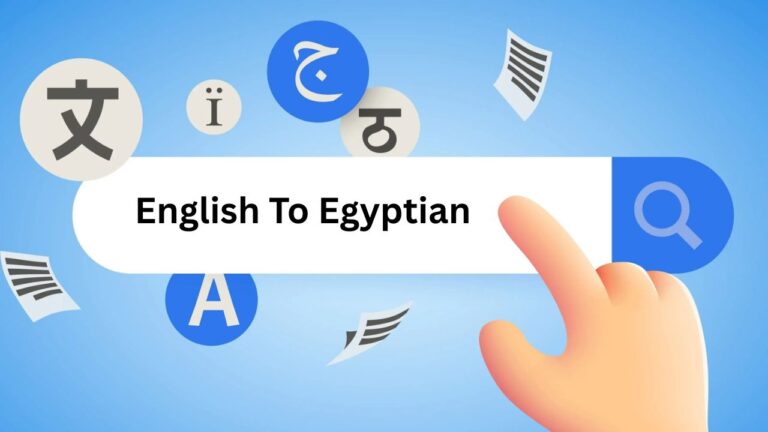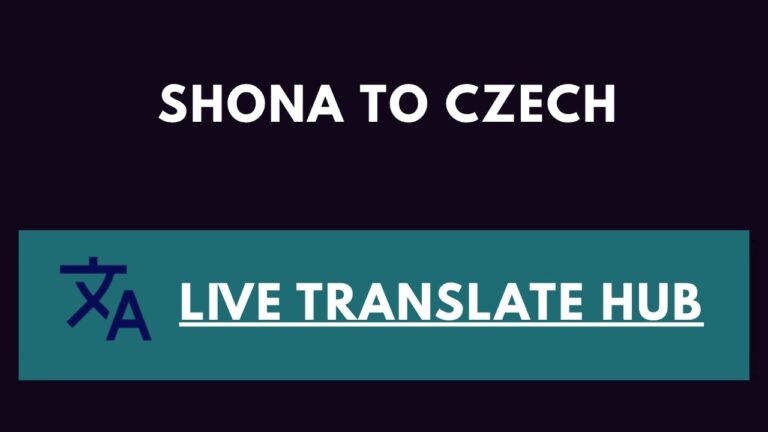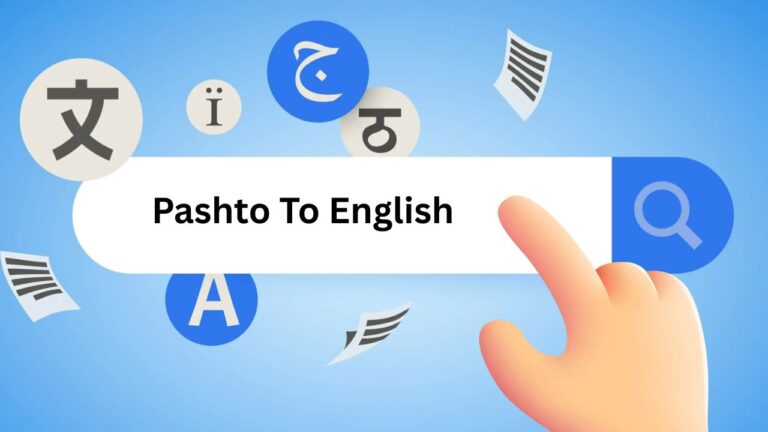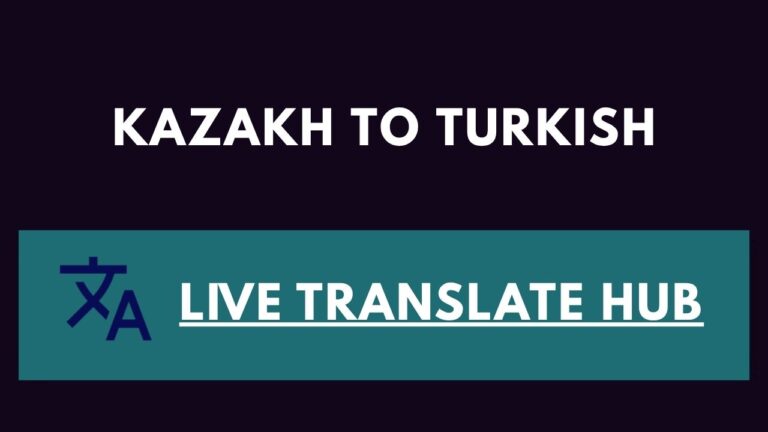Mongolian to Tatar Translation
Language translation plays an important role in bridging cultural and communication gaps, especially between languages that share certain historical and geographical ties. Mongolian to Tatar translation is one such area that, while not as common as global language pairs like English to Spanish, holds significance for scholars, businesses, and communities with cultural connections in Central Asia and Eurasia.
Understanding Mongolian and Tatar Languages
Mongolian Language
Mongolian is the official language of Mongolia and is also spoken in regions of China (especially Inner Mongolia) and Russia. It belongs to the Mongolic language family and has a rich history influenced by nomadic traditions, literature, and the Mongol Empire. Modern Mongolian is primarily written in the Cyrillic script, though the traditional vertical Mongolian script is still used in some contexts.
Tatar Language
Tatar is a Turkic language spoken mainly by the Tatars, predominantly in Tatarstan (a republic within Russia) and other regions across the Russian Federation. It uses the Cyrillic script as its official writing system, though Latin and Arabic scripts have been used historically. Tatar has close linguistic ties to other Turkic languages like Bashkir and Kazakh.
Why Mongolian to Tatar Translation Matters
While the Mongolian and Tatar peoples live in different regions today, their historical interactions, trade connections, and cultural exchanges date back centuries. Translation between the two languages is important in:
- Historical research – Understanding old manuscripts, trade records, and historical documents.
- Cultural preservation – Sharing folklore, literature, and poetry across communities.
- Education – Facilitating academic collaboration between Mongolian and Tatar-speaking institutions.
- Business and trade – Enabling better cooperation between companies operating in Mongolia, Tatarstan, and nearby regions.
Challenges in Mongolian to Tatar Translation
Translating between Mongolian and Tatar is not as straightforward as converting words. Some of the main challenges include:
- Different Language Families – Mongolian is a Mongolic language, while Tatar is Turkic. Despite some similarities in grammar structure due to Altaic hypotheses, they differ significantly in vocabulary.
- Scripts and Orthography – Both use Cyrillic scripts now, but with different alphabets and pronunciations, making direct conversion tricky.
- Cultural Nuances – Idioms, proverbs, and metaphors often need contextual adaptation rather than literal translation.
- Limited Resources – Unlike English or Russian translation tools, Mongolian-to-Tatar dictionaries and software are scarce, requiring more reliance on human translators.
Methods for Translating Mongolian to Tatar
Human Translation
Professional translators or bilingual speakers are often the best choice for accurate, culturally sensitive translations.
Advantages:
- High accuracy
- Cultural adaptation
- Better handling of idiomatic expressions
Machine Translation
Tools like Google Translate may offer partial support, but Mongolian-to-Tatar direct translation is often unavailable. In such cases, a two-step translation (Mongolian → Russian → Tatar) is used.
Advantages:
- Fast and cost-effective for basic understanding
- Good for casual or non-official purposes
Hybrid Approach
Combining machine translation for the first draft and human editing for refinement can be an efficient method for medium-sized projects.
Tips for Better Mongolian to Tatar Translation
- Understand the context before starting the translation.
- Work with native speakers for cultural nuances.
- Use parallel texts like bilingual dictionaries, historical archives, and educational materials.
- Proofread to ensure accuracy and fluency.
Future of Mongolian to Tatar Translation
With the growth of AI and natural language processing, we can expect better Mongolian to Tatar translation tools in the future. Additionally, increased collaboration between academic institutions in Mongolia and Tatarstan could lead to the development of more dictionaries, grammar guides, and translation software.
Conclusion
Mongolian to Tatar translation is a niche but culturally important field. While it comes with challenges due to differences in language families, limited resources, and cultural nuances, it plays a key role in preserving historical ties and fostering modern connections. Whether for academic research, literature, or business, accurate and sensitive translation ensures that the bridge between these two unique cultures remains strong.
Related Queries People Search About mongolian to tatar
- Best online Mongolian to Tatar translator tools
- How to translate Mongolian text into Tatar language
- Mongolian to Tatar dictionary download
- Free Mongolian to Tatar translation apps
- Mongolian Cyrillic to Tatar Latin script conversion
- Professional Mongolian to Tatar translation services
- How similar are Mongolian and Tatar languages
- Mongolian to Tatar PDF document translation
- Translate Mongolian audio to Tatar text
